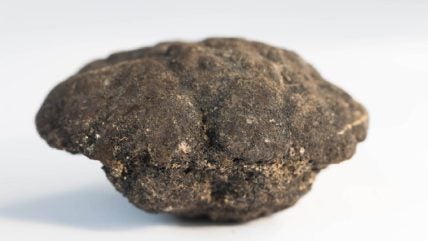
The Metals Company USA (TMC USA) has submitted formal applications to the US National Oceanic and Atmospheric Administration (NOAA) for a commercial seabed recovery permit and two exploration licences under the Deep Seabed Hard Mineral Resources Act (DSHMRA).
The applications fall under the US seabed mining framework, managed by NOAA.
This move by the subsidiary of TMC the metals company, listed on Nasdaq, aligns with a recent executive order issued by US President Donald Trump.
The directive, titled ‘Unleashing America’s Offshore Critical Minerals and Resources,’ instructs the Departments of Commerce, Defense, and Energy to accelerate offshore mining authorisations and explore mechanisms for stockpiling seabed minerals vital to national industrial policy.
The commercial recovery application focuses on a 25,160km2 zone. Referred to as TMC USA-A_2, this zone is located in the Clarion-Clipperton Zone (CCZ) of the Pacific Ocean, roughly 1,300 nautical miles south of San Diego.
The area contains the company’s existing measured and indicated polymetallic nodule resources. The company has based its application on more than 10 years of environmental and engineering research, supported by technical assessments under SEC SK 1300 compliance protocols.
TMC has declared that its USA-A and USA-B zones collectively hold 1,635 million wet tonnes of polymetallic nodules, with a further 500 million tonnes of projected exploration upside. These nodules are estimated to contain approximately 15.5 million tonnes of nickel, 12.8 million tonnes of copper, two million tonnes of cobalt, and 345 million tonnes of manganese.
According to the company, these quantities are supported by its previously published SK 1300 Technical Report Summaries. The total mineral inventory is anticipated to support development of a lower-impact critical metals supply chain centred around ocean-sourced nodules.
The application signals a strategic attempt by TMC to establish a new industrial ecosystem spanning mineral recovery, shipbuilding, processing, and domestic manufacturing. The company expects the framework to support significant capital mobilisation across US-based infrastructure and energy supply chains.
TMC chairman and CEO Gerard Barron said: “We have invested over a half a billion dollars and have spent more than a decade preparing for this moment, investing in deep-sea science, engineering and technology to build the world’s most advanced deep-sea minerals platform.
“With strong support from Washington and a stable, enforceable US regulatory pathway, we look forward to delivering the world’s first commercial nodule project—responsibly, transparently, and economically—and to helping power a new era of American industrial strength.”
NOAA is required to issue an initial determination on the compliance status of the exploration licence submissions within 30 days, and to confirm whether the commercial recovery application is complete within 60 days. A subsequent full review process would include environmental and technical evaluations in accordance with DSHMRA regulations.
TMC’s move into the US regulatory framework follows previous activity in the international deep-sea mining sector, particularly through its partnerships and licences under the International Seabed Authority (ISA). However, this marks the company’s first formal engagement with the US seabed code for mineral extraction in high seas zones beyond national jurisdiction.
President Trump’s executive order is expected to streamline permitting timelines for US-flagged companies involved in seabed extraction. It also encourages the Departments of Defense and Energy to consider long-term offtake contracts and inclusion of critical seabed metals in the National Defense Stockpile.
The policy aims to reduce strategic dependency on foreign sources for battery and infrastructure metals such as nickel, cobalt, and manganese.






